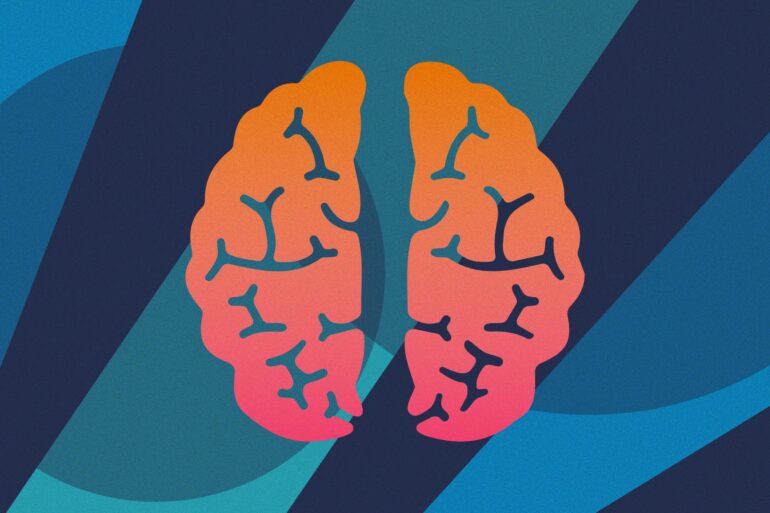TL;DR:
- Scientists are exploring a hypothesis inspired by the human brain’s learning mechanisms during sleep and wake cycles.
- Christopher Kanan’s team secured $2 million in NSF funding to apply the “temporal scaffolding” hypothesis to AI.
- Current AI struggles with lifelong learning and resource-constrained environments.
- The hypothesis aims to enable AI to rapidly adapt and operate efficiently, similar to the human brain.
- Potential applications include healthcare, autonomous systems, and national security.
- The project involves developing deep-learning models and algorithms based on temporal scaffolding.
- Collaborators from various universities contribute to hardware implementation and AI ethics.
- Kanan’s work extends to AI’s role in fusion energy and higher education.
Main AI News:
In the realm of artificial intelligence, there exists an intriguing intersection where neuroscience meets machine learning. Scientists are exploring an innovative hypothesis derived from our understanding of how the human brain leverages sleep and wake cycles to learn and adapt over time. This exciting endeavor holds the promise of revolutionizing AI’s lifelong learning capabilities.
Christopher Kanan, an esteemed associate professor at the University of Rochester’s Department of Computer Science, is at the forefront of this transdisciplinary exploration. His collaborative team has secured a substantial $2 million in funding from the National Science Foundation (NSF) to harness the power of the “temporal scaffolding” hypothesis. Their mission is to develop AI systems that rapidly acquire knowledge, adapt to changing circumstances, and excel even in the face of uncertainty.
The Current AI Conundrum
Contemporary AI, despite its remarkable achievements, grapples with certain fundamental limitations. Most notably, it struggles to continuously acquire new skills throughout its lifespan and often falters in resource-constrained environments. While AI models have made significant strides in sequence learning – the art of applying past experiences to inform future decisions – they pale in comparison to the efficiency of human learning.
Kanan points out a stark example: “OpenAI’s Dota 2 AI required the equivalent of 45,000 human years’ worth of gameplay experience to surpass the world’s top players, who had only a few years of gaming under their belts at the time.” This discrepancy highlights a crucial shortcoming in the current paradigm of reinforcement learning.
Redefining AI Learning with Temporal Scaffolding
The temporal scaffolding hypothesis postulates that during sleep, the brain rapidly reactivates wake experiences, allowing it to discern vital patterns within these memories. Inspired by this ingenious mechanism, Kanan’s team is embarking on a journey to craft deep-learning networks that possess the remarkable ability to swiftly adapt and operate within resource constraints, much like the human brain.
Applications of Tomorrow
The potential applications of this cutting-edge approach are far-reaching and impactful. From healthcare to autonomous systems and national security, this brain-inspired AI promises to revolutionize critical domains. Kanan’s work involves developing deep-learning models and algorithms rooted in temporal scaffolding principles, rigorously testing them against standardized benchmarking tasks.
A Collaborative Effort
Principal investigator Dhireesha Kudithipudi of the University of Texas at San Antonio (UTSA) and co-PI Garret Rose of the University of Tennessee, Knoxville, will be instrumental in implementing some of Kanan’s algorithms in hardware. UTSA neuroscientist Itamar Lerner originally conceived the temporal scaffolding hypothesis, serving as the guiding light for the development of these groundbreaking algorithms. Furthermore, Northeastern University’s John Basl assumes the role of senior personnel responsible for ensuring AI ethics remains at the forefront of this technological evolution.
Charting New Territories in Deep Learning
This endeavor marks Kanan’s latest venture in the ever-evolving field of artificial intelligence and deep learning. His involvement in a Department of Energy-funded project, aimed at harnessing AI for advancing fusion energy sources, exemplifies his commitment to driving AI’s potential to unprecedented heights. By leveraging the University of Rochester Laboratory for Laser Energetics’ OMEGA experimental database, this initiative seeks to utilize machine learning to optimize implosions and unravel the complexities of fusion’s nonlinear physics.
Moreover, Kanan’s NSF Faculty Early Career Development (CAREER) award from 2021 showcases his dedication to creating deep neural networks that thrive across diverse scenarios, adapt to evolving data, and remain resilient against dataset biases.
Education in the Age of AI
In the realm of higher education, Kanan and his colleagues are actively exploring how AI is reshaping the landscape. They are conducting workshops to help faculty, staff, and students comprehend the capabilities and constraints of generative AI tools like ChatGPT. Kanan foresees these tools as significant disruptors in higher education and various other spheres, emphasizing that their presence is here to stay, challenging educators to adapt and evolve accordingly.
Conclusion:
This research represents a pivotal step toward addressing AI’s limitations in lifelong learning and adaptability. If successful, it could lead to more efficient and versatile AI systems, opening up new possibilities across various industries and markets. Businesses should closely monitor these developments for potential applications and competitive advantages in the evolving AI landscape.

